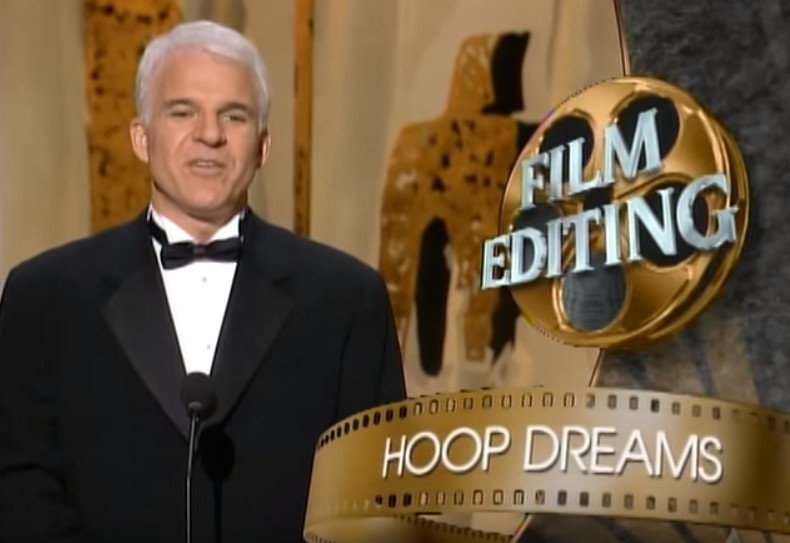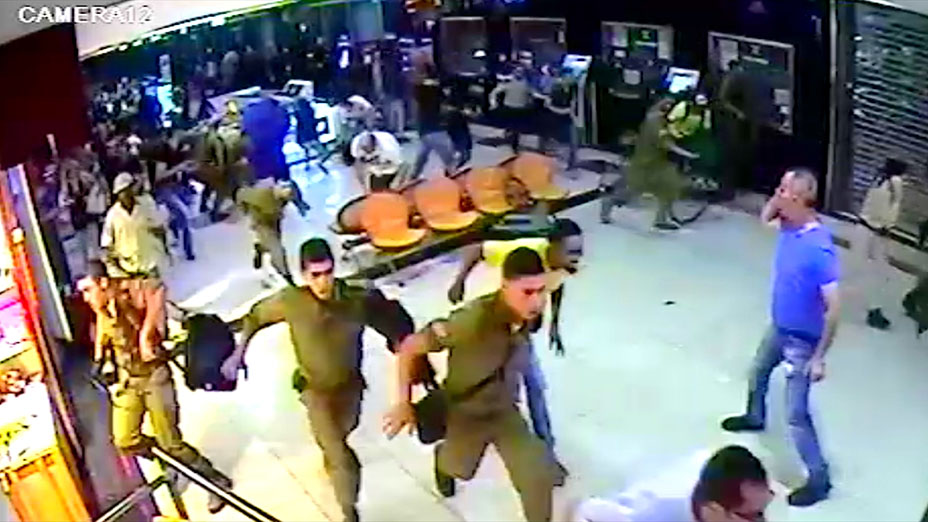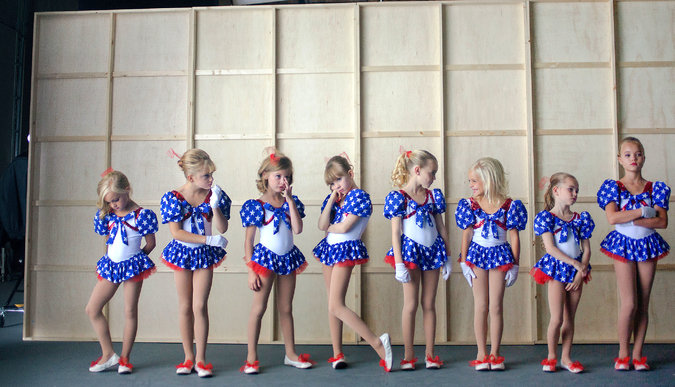A special edition of the Doc Corner column by Glenn Dunks this week...
Documentaries are unsurprisingly scantly recognised outside of their own category. Steve James’ Hoop Dreams scored a still one-of-a-kind nomination for Best Editing in 1994, and the Best Original Song category has become a place for aging rock stars (and J. Ralph!) to get recognition for their work in documentaries. Yet outside of these rare occurrences, documentaries are almost never considered to be in genuine contention.

Considering the volume of documentaries being produced (170 eligible titles in 2017 alone!), it shouldn’t be unreasonably to expect that many are pushing the documentary medium to places that would have been unfathomable two decades prior. Those changes can be through form thanks to technological advancements giving filmmakers an ability to make docs as technically proficient as anything else no matter the budget. Or they can come through structure and narrative, allowing contemporary audiences that are hip to new ways of telling stories to experience something through the wonders of streaming that would have once struggled in experimental arthouses of downtown Manhattan.
So in lieu of a personal Oscar doc ballot (mine would include only one from the 15-wide shortlist), here are five For Your Considerations for achievements outside of the Documentary Feature category itself...
Honorable Mentions: Dawson City: Frozen Time (Best Editing), The Farthest (Best Visual Effects), Brimstone & Glory (Best Cinematography), Voyeur (Best Production Design, Best Original Score), Chasing Coral (Best Cinematography), Risk (Best Sound Mixing), LA 92 (Best Editing), Austerlitz (Best Cinematography)

Best Direction – Yance Ford, Strong Island
The story of the senseless murder of Yance Ford’s brother and the justice system that didn’t even care (grand jurors are quoted by Ford’s late mother as having never even looked up from their crosswords during testimony) is exceptional for many reasons. Not least of which is that Ford struggled for a decade to bring it to life. If big Hollywood directors can be honoured for their “passion projects”, then why not a documentarian like Ford who with just his first film shows an incredibly clear and vivid cinematic vision. And to add further weight to his achievement, Ford is a transgender man who through his brother’s story found his own narrative that makes Strong Island more than just a true crime narrative. Rather, it’s a mini-epic about a family that in many ways was irreparably torn apart.
Hear all about the process on this fantastic episode of the Pure NonFiction with Thom Powers podcast and Ford's incredible speech at the Gotham Awards.

Best Editing – Daniel Sivan, Death in the Terminal
Okay, I am cheating here because Death in the Terminal isn’t eligible for anything Oscar related. It did, however, receive an online release (it is currently streaming on Buzzfeed/Topic) and it’s the best film of 2017 so I felt it warranted inclusion.
Despite being only 50 minutes long, editor Daniel Sivan – alongside directors Tali Shemesh and Asaf Sudri – does something truly miraculous with this story of a terrorist attack at a bus terminal in Beersheba in 2015. Utilising a quasi-Rashamon style storytelling device will always catch the eye, especially when you have a film such as this made almost exclusively out of CCTV footage. But it’s for what Sivan does in the final few minutes that is truly extraordinary. Taking what could have easily been a gimmick, Sivan recontextualizes the entire 45 minutes that came before. Delivering one last gut-punch to an audience already reeling from the disgraceful display of humanity that we’ve witnessed.
Editing is always going to be the most logical place to reward documentaries outside of their regular home due predominantly to their significant use of archival footage and hours of observational video. What Death in the Terminal does, however, is make every second count and forces the viewer’s eye to never leave the screen. It’s nothing short of one of the most powerful moments I have ever experienced on film.

Best Original Score – Dan Romer and Benh Zeitlin, Brimstone & Glory
Director Viktor Jakovleski received a special thanks on Benh Zeitlin’s Beasts of the Southern Wild. I’m not exactly sure why or what he did, but that Oscar-nominated film and this documentary go together like a perfect pair. Yes, both feature glorious displays of fireworks, but they also both seem to encapsulate something major and grand within the micro universe that they portray. It makes sense then that Dan Romer and Zeitlin performed the score for both. A swirling rush of percussion, the music expertly captures that sense of awe-inspiring wonder that Jakovleski is able to capture at a pyrotechnics festival in Tultepec in central Mexico. At just 70 minutes, it often feels like the music is keeping the audience in a permanent state of climax, boldly orchestrating across a variety of styles and helping recreate the grandeur of a fireworks display despite (most of us) watching it on a television screen.

Best Costume Design – Catharina Schurenberg, Casting JonBenet
Daniel Walber has already extolled the virtues at TFE of Casting JonBenet’s production design, and I would suggest it’s even worthier in Best Costume Design. Australian director Kitty Green makes smart and effective use of recurring costume motifs – a parade of red sweaters on Patsy Ramsey, and that line-up of JonBenets all decked out in American flag-themed outfits that feels instantly iconic in a way nobody would expect from a documentary. It’s true that Casting JonBenet wouldn’t win “most” costume design, but its choices here are often eye-catching and bold. And that includes the feather showgirl costume that, considering their shared meta textures, I believe is a nod to Albert Wolsky’s Oscar-winning designs for All That Jazz.

Best Cinematography – Rodrigo Trejo Villanueva, Machines
This Indian documentary is only 70 minutes long, yet cinematographer Rodrigo Trejo Villanueva made every minute count. He won the Sundance prize for cinematography in the process. Villanueva’s camera alternates between still and fluid as it captures the inner-workings of an Indian textile factory. Occasionally planting the camera on a particular tableau, allowing the audience’s eye to navigate every inch and soak up the details, it also moves freely about the factory, gliding around as if one of the workers. It’s finest moment, however, may be capturing a mob of locals chiding the filmmaker for filming his movie and then going home, leaving these lowly-paid machine operators behind while his film plays to crowds of people who probably didn’t want to think about the labor that went into the clothes they buy and discard with first world ease.